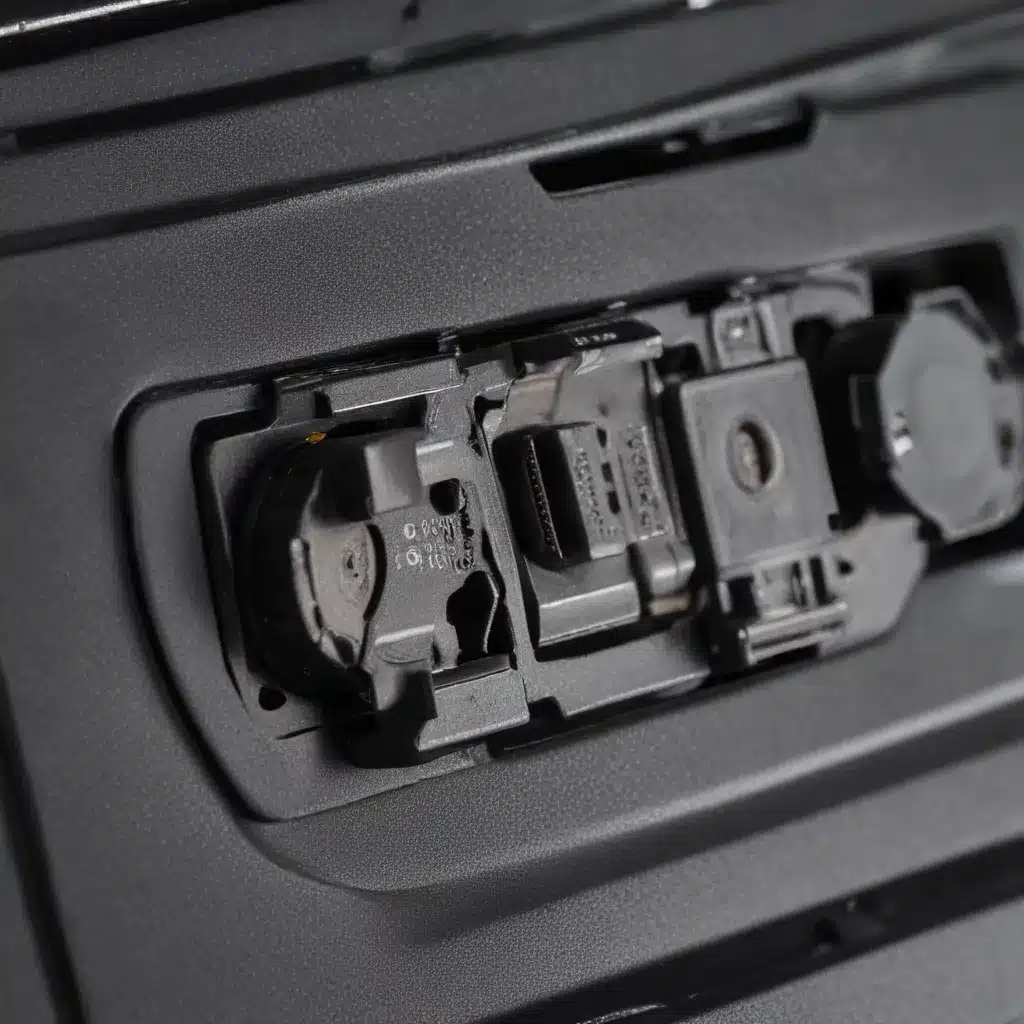
As a seasoned IT professional, I’ve encountered my fair share of laptop charging port issues. These problems can be frustrating, but with the right approach, they can often be resolved. In this comprehensive article, I’ll guide you through the process of diagnosing and repairing laptop charging port problems, providing practical tips and in-depth insights to help you get your device back up and running.
Understanding Laptop Charging Ports
The laptop charging port is a critical component that allows you to power your device and keep the battery charged. This port typically uses a proprietary connector that connects to the laptop’s power adapter, providing the necessary electrical current to charge the battery and power the device.
When the charging port malfunctions, it can lead to a range of issues, such as the laptop refusing to charge, intermittent charging, or even damage to the battery or other internal components. Understanding the common causes of charging port problems is the first step in effectively diagnosing and resolving them.
Common Causes of Laptop Charging Port Problems
-
Physical Damage: The charging port can be susceptible to physical damage, such as bent or broken pins, corrosion, or debris buildup. This can occur due to excessive force when connecting or disconnecting the power adapter, or from exposure to liquids or other contaminants.
-
Loose Connections: Over time, the internal connections within the charging port can become loose, leading to intermittent or unreliable charging. This can be caused by wear and tear or manufacturing defects.
-
Software or Firmware Issues: In some cases, charging port problems can be the result of software or firmware issues, such as driver conflicts, power management settings, or BIOS/UEFI configurations.
-
Battery or Power Adapter Failure: If the battery or power adapter is malfunctioning, it can also cause issues with the charging port, as the port relies on these components to function properly.
Diagnosing Laptop Charging Port Problems
To effectively diagnose and address laptop charging port problems, follow these steps:
Step 1: Inspect the Charging Port
Carefully examine the charging port for any visible signs of damage, such as bent or broken pins, corrosion, or debris buildup. Use a flashlight or magnifying glass if necessary to get a closer look.
Step 2: Test the Power Adapter
Verify that the power adapter is functioning correctly by testing it with another device or using a multimeter to check the output voltage and current. If the power adapter is faulty, it may need to be replaced.
Step 3: Check the Battery
Ensure that the battery is in good condition by testing it with a battery testing tool or by attempting to charge the laptop using a different power source, such as a power bank or another power adapter.
Step 4: Examine Software and Firmware Settings
Review your laptop’s power management settings, driver configurations, and BIOS/UEFI settings to identify any potential software or firmware issues that could be contributing to the charging port problem.
Step 5: Seek Professional Assistance
If you’ve exhausted the above steps and the charging port issue persists, it may be time to seek professional assistance from a qualified laptop repair technician. They can provide a more in-depth diagnosis and offer specialized repair services.
Repairing Laptop Charging Port Problems
Depending on the root cause of the problem, there are several repair options to consider:
DIY Repairs
For minor physical damage, such as bent pins or debris buildup, you may be able to perform a DIY repair. This involves carefully straightening the pins or cleaning the port with a small brush or compressed air. However, be cautious, as improper handling can further damage the port.
Replacement of Charging Port
If the charging port is severely damaged or the internal connections are loose, a full replacement may be necessary. This typically requires disassembling the laptop and replacing the charging port component, which can be a complex and delicate process. It’s generally recommended to have this done by a professional repair service.
Motherboard Replacement
In some cases, the charging port issue may be caused by a problem with the laptop’s motherboard. If this is the case, the only viable solution may be to replace the entire motherboard, which is a more extensive and costly repair.
Preventive Measures
To help avoid future charging port problems, consider the following preventive measures:
- Handle the Power Adapter Carefully: Avoid excessive force when connecting or disconnecting the power adapter, and ensure that the connector aligns properly with the port.
- Keep the Port Clean: Regularly inspect and clean the charging port using a soft brush or compressed air to remove any accumulated debris or dust.
- Use Genuine Accessories: Stick to the manufacturer’s recommended power adapter and avoid using third-party or generic chargers, as they may not be compatible with your laptop’s charging port.
- Monitor Battery Health: Keep a close eye on your laptop’s battery health and consider replacing the battery if it starts to deteriorate, as this can also contribute to charging port issues.
By following these steps and implementing preventive measures, you’ll be well on your way to diagnosing and repairing laptop charging port problems, ensuring your device remains powered and reliable. Remember, if you’re ever unsure or uncomfortable with the repair process, it’s always best to seek the assistance of a qualified laptop repair professional.
For more IT solutions and computer repair tips, be sure to visit IT Fix, your go-to resource for all things technology.












